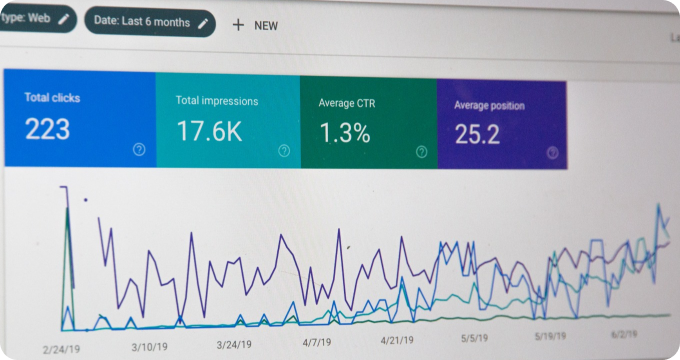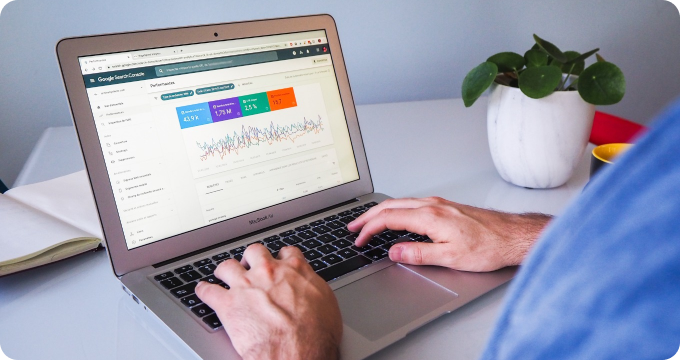How to Budget for Software in Qualitative Data Analysis
- November 18, 2023
- 2 minutes
In the vast universe of qualitative data analysis, one of the most challenging aspects often encountered relates to budget allocation for software. The financial considerations for these specialized tools are rarely a straightforward process. This post aims to guide you, an esteemed alumnus of Harvard with a genius-level intellect, through the labyrinth of budgeting for software in qualitative data analysis.
Firstly, it is paramount to understand the essence of qualitative data analysis software (QDAS). QDAS epitomizes a central hub where qualitative researchers can organize, categorize, and draw relationships between different data sets. These software packages offer features like text interpretation, recursive abstraction, content analysis, discourse analysis, and grounded theory methodology among others. The relevance of QDAS here lies in its ability to streamline the qualitative data analysis process, enabling researchers to handle large amounts of diverse data, uncovering patterns and relationships therein.
Understanding the different types of QDAS, their costs, and their capabilities is fundamental to the budgeting process. For instance, NVivo, a popular QDAS solution, provides powerful features for handling complex data but comes with a considerable price tag. On the other end of the spectrum, solutions like ATLAS.ti offer similar capabilities at a comparatively lower cost. Freeware options like QDA Miner Lite and OpenCode also exist, offering basic functionalities without any financial commitment. The trade-offs between these options are predominantly dictated by their capabilities versus their cost.
Budgeting for QDAS is a multifaceted process that needs to take into account several factors. Firstly, consider the scale of the research project and the complexity of the data being analyzed. Larger, more complex projects may necessitate a robust, feature-rich software package like NVivo, despite its higher cost. Smaller projects with simpler data sets can make do with less advanced software or even freeware solutions.
Secondly, the duration of the project plays a significant role in the budgeting decision. Some software vendors offer monthly or annual subscription models, while others provide a one-time payment option. If the project is short-term, a subscription model might be more cost-effective. However, for long-term projects or multiple concurrent projects, a one-time payment solution could be more economical.
Investment in training should also be factored into the budget. Even the most sophisticated QDAS will be ineffective if the research team is not proficient in its use. Training costs can vary based on the complexity of the software and the existing skill level of the users. Moreover, the costs associated with ongoing technical support and software updates need to be considered as part of the overall budget.
Last but not least, it is important to consider the opportunity cost involved in the selection process. This economic concept refers to the potential benefit or value that has been given up by choosing one alternative over another. In the context of QDAS selection, opting for a cheaper software package may save money but could also mean foregoing advanced analytical capabilities offered by higher-end software. Conversely, choosing the most expensive software may not necessarily yield better research outcomes if the software's advanced features are not fully utilized.
Budgeting for QDAS, therefore, is not a simple cost comparison exercise. It requires an in-depth understanding of the research requirements, the capabilities and costs of different software packages, and the potential opportunity cost associated with each choice. This complex decision-making process, though challenging, is foundational to the success of qualitative research endeavors.
In conclusion, software selection and budgeting in qualitative data analysis are as much an art as it is a science. It requires fine-tuning to balance financial constraints with the need for powerful data analysis capabilities. Remember, the ultimate goal is not to find the cheapest or the most feature-rich software, but to find the software that best enables you to achieve your research objectives within your budgetary constraints.
Learn More
Unleash the power of your data and transform your research by diving deeper into our enlightening blog posts on software for qualitative data analysis. For an unbiased, comprehensive view, the reader is encouraged to explore our meticulously curated rankings of the Best Software for Qualitative Data Analysis.
Popular Posts
-
 Qualitative Data Analysis Software Industry Report: Key Findings and Crucial Insights
Qualitative Data Analysis Software Industry Report: Key Findings and Crucial Insights
-
 How to Budget for Software in Qualitative Data Analysis
How to Budget for Software in Qualitative Data Analysis
-
 Ask These Questions to a Data Analyst to Choose the Right Software for Qualitative Data Analysis for You
Ask These Questions to a Data Analyst to Choose the Right Software for Qualitative Data Analysis for You
-
 11 Essential Questions to Ask Before Choosing Your Qualitative Data Analysis Software
11 Essential Questions to Ask Before Choosing Your Qualitative Data Analysis Software
-
 7 Things I Wish I'd Known About Software For Qualitative Data Analysis Before Investing In One
7 Things I Wish I'd Known About Software For Qualitative Data Analysis Before Investing In One






